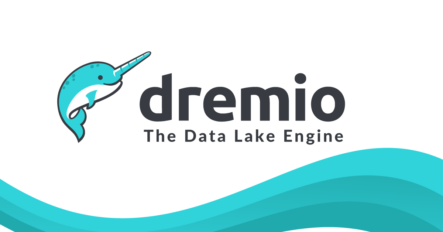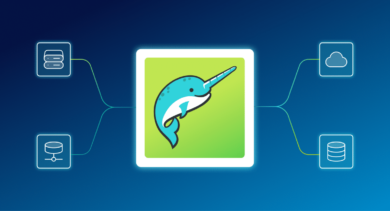- Every company is in the cloud. All companies are already in the cloud or in the process of migrating workloads to the cloud. This provides them with an opportunity to reconsider their data infrastructure, leaving behind legacy technologies that were built for on-premise infrastructure and adopting cloud-native technologies like Dremio. Furthermore, the availability of an infinite supply of storage and compute capacity provides opportunities to maintain and access more data than ever before.
- Every company is a data company. All companies realize that they must democratize and leverage their data to succeed. The companies in each industry that are using technology and data to their advantage are pulling away from the pack, and those that aren’t are facing disruption.

This week we announced a $135M series D at a billion dollar valuation. This comes just 9 months since raising a $70M series C, making Dremio one of the top funded companies in our space. Dremio is now powering the cloud data lakes of hundreds of the world’s leading companies across all industries - technology, financial services, insurance, retail, CPG, manufacturing, transportation and more. We’ve more than doubled in size, customers, and revenue every single year.
In this post I want to highlight our vision. Check out our CEO’s blog post to learn about some of the business dynamics behind the raise.
There are a couple trends in the market that are fueling our growth:
These trends have created what we call the Data Paradox™. Everyone wants more data, but the more data they have, the harder it is to actually take advantage of it. Furthermore, as the number of data consumers (data analysts, data scientists, etc.) increases, bottlenecks surface and the “time to value” increases.
In recent years we’ve witnessed the following evolution of data analytics infrastructure:

In the on-premise world, co-location of compute and storage became the prevalent architecture for data warehouses, MPP databases and Hadoop clusters. This provided performance advantages especially with slower networks, but also resulted in excessive cost and administration overhead. In recent years, cloud data warehouses have taken advantage of the on-demand availability and elasticity of cloud resources by separating compute and storage. While this improves scalability and efficiency, data teams must copy and move data into a proprietary and expensive data warehouse in order to query the data with reasonable performance. Data copying causes delays, complexity and security challenges. Endless and increasing requests from data analysts get backlogged by weeks or months because changing rigid data warehouse structures is complicated and risky. There has to be a better way!
We are now seeing the rise of a new architecture, one that separates not just compute and storage, but compute and data. In this architecture, the data is its own tier, stored in open source file and table formats and accessible to best-of-breed engines like Dremio and Spark. Technologies like Apache Iceberg, Delta Lake and Project Nessie are redefining what’s possible with data lakes, introducing capabilities such as data mutations, transactions, time travel and version control. We are approaching a reality in which copying data into proprietary and expensive cloud data warehouses is no longer necessary, one in which data can be truly democratized through a governed and secure platform.
Our mission at Dremio has always been to enable companies to democratize their data in a secure and governed way. We’ve come a long way since starting the company five years ago, and I want to thank the hundreds of companies that have partnered with us on this journey, as well as my current and former colleagues. I welcome you to join me at our upcoming Subsurface conference where you’ll hear from Dremio and other innovative companies such as AWS, Microsoft, Netflix, Apple and Adobe about the latest innovations that are redefining the cloud data lake.


